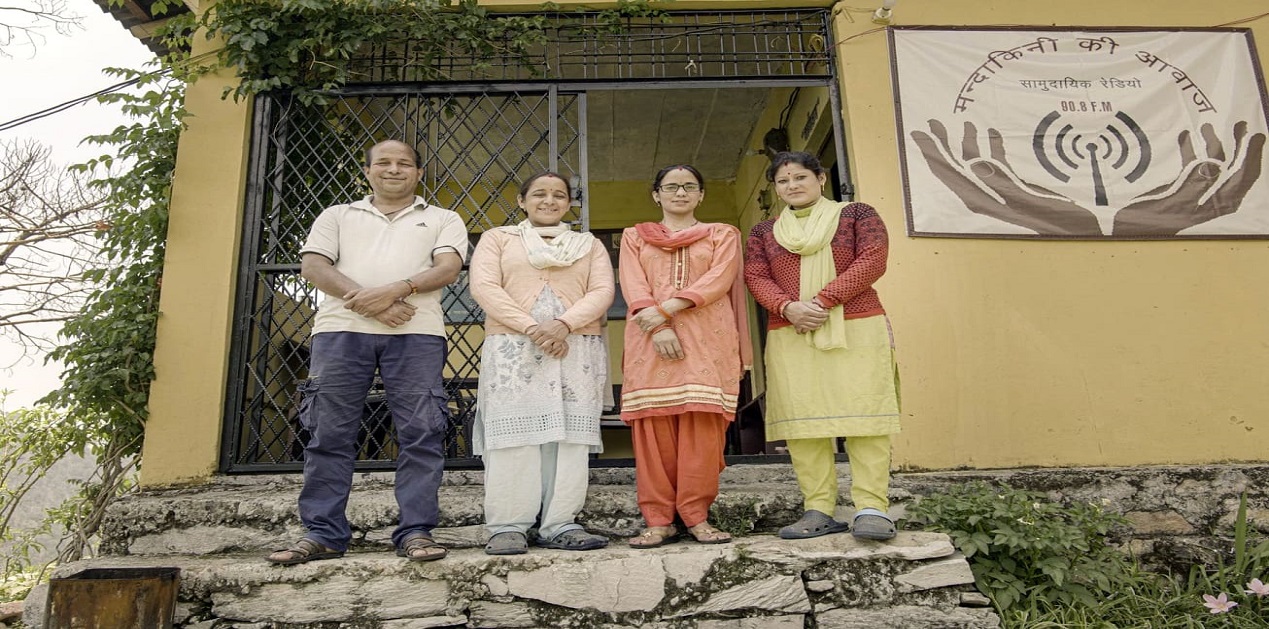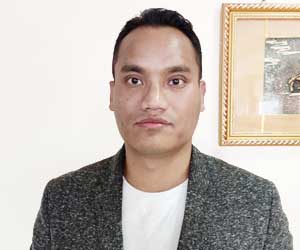India’s Himalayan region encompasses 13 states/ Union Territories (UTs) including Arunachal Pradesh, Assam, Himachal Pradesh, Jammu & Kashmir, Ladakh, Manipur, Meghalaya, Mizoram, Nagaland, Sikkim, Tripura, Uttarakhand and West Bengal. These states and UTs are highly vulnerable to a number of hazards such as floods, landslides, wildfires and earthquakes. Flood is the most common and destructive hazard type. While flood is a natural phenomenon, rising global average temperatures have increased the chances of it happening more frequently. For example, warmer air has more ability to hold moisture. As a result, rainfall has become heavier and more unpredictable. Rising global average temperatures have also caused glaciers in high mountains to melt more rapidly. Thus, the prospects of more deadly floods and associated disasters occurring across India’s Himalayan hill states have risen.
Uttarakhand is highly vulnerable to extreme rainfall, landslides and floods. In fact, extreme rainfall in 2013 triggered record flooding and that resulted in the death of about 6,000 people and over 9,000 cattle/livestock. It also affected more than 4,000 villages and destroyed over 3,000 houses. That event underlined the need for early warning systems as they can help avoid or reduce damages caused by floods, landslides and other disasters. While India has considerable experience with early warning systems, many places in the country including those located in remote Himalayan regions still lacks well-established last-mile communication infrastructure that issues early warnings and timely weather information. In the face of this, community radio has emerged as an important tool to disseminate early warnings and timely weather information in remote areas. Community radio is an independent, not-for-profit radio service that is owned by the local community and that broadcasts, in local languages and dialects, news and information relevant to their needs.
‘Mandakini Ki Awaaz’ (The voice of Mandakini) is one such community radio stations. It was founded by Manvendra Negi, a social entrepreneur, and it began broadcasting on 21 September 2014 in Rudraprayag district, Uttarakhand. The name derives from Mandakini, a tributary of the Alaknanda River which originates in the Chorabari Glacier and traverses 81 kilometres from Rudraprayag to Sonprayag. The radio station initially focused on villages that are located in Rudraprayag district. But it has now extended to villages that are located in neighbouring districts as well. Mandakini Ki Awaaz broadcasts information pertaining to the weather, disasters and precautionary measures that people can take in both Hindi and the local Garhwali language between 6 am to 9 am, 12 pm to 2:30 pm and 3 pm to 7:30 pm every day. It also appeals to listeners to refrain from building houses near river banks, to clear the canals so that storm water can flow unhindered, and to stock emergency kits at home.
That is not all. Mandakini Ki Awaaz has proven to be a valuable and popular platform for local artistes, musicians and performers to showcase the region’s music traditions such as jagar, bagadwali, pandwali, jhumela and chaukhla. Beyond this, the radio station’s Janta Milan programme ensured that the voices of marginalised people are heard and that their concerns are addressed directly by local authorities. The radio station also addresses societal issues such as drug addiction, alcoholism, HIV/AIDS, health, livelihood, etc. In one segment called Khoya-Paya, the radio station makes announcements pertaining to items lost by community members as well as lost items that are being found or are delivered to the radio station. Meanwhile, its Local Hero segment highlights the extraordinary work done by community members in various spheres of life.
Mandakini Ki Awaaz has had a major impact among the people of Rudraprayag district and beyond. One listener, a retired school teacher, observed that “many, including non-literates, depend on it for information on weather and disasters” and that “those who go to the forest or those who venture out for grazing get clarity about the weather conditions through the radio broadcasts. They can then take precautionary measures and safeguard themselves.’’ Mandakini Ki Awaaz also served as an important and effective link between the community and district authorities and it ensures accountability of different levels of local government - panchayat, block and district. Furthermore, it has become the local communities’ window to the outside world and a key source of entertainment. Most importantly, it has enabled local communities to preserve their language, culture and heritage. One listener noted that ever since the radio station was launched, the number of people who speak Garhwali on a regular basis has increased. Community radio stations such as Mandakini Ki Awaaz have already become critical tools of climate change adaptation and social empowerment for communities who live high up in the Himalayas. As such, it should be given all the necessary financial and technical support so that it can continue to reach out to under-served mountain communities and improve their lives and well-being.
(The paper is the author’s individual scholastic articulation. The author certifies that the article/paper is original in content, unpublished and it has not been submitted for publication/web upload elsewhere, and that the facts and figures quoted are duly referenced, as needed, and are believed to be correct). (The paper does not necessarily represent the organisational stance... More >>
Image Source: https://www.ceew.in/sites/default/files/mandakini-ki-awaz-image.jpg









Post new comment